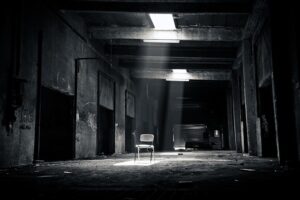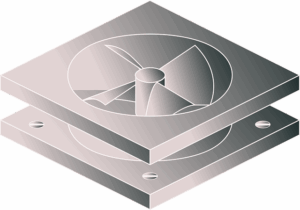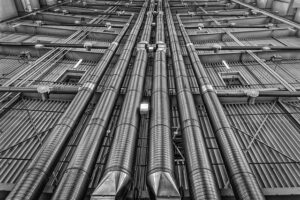Industrial destratification fans are vital for enhancing safety and productivity in hazardous environments with high ceilings, such as manufacturing plants, warehouses, and construction sites. They mix air to break up thermal stratification, ensuring uniform temperature distribution, improving worker comfort, and reducing energy costs. Explosion-proof models are a game-changer in areas with flammable gases or dust, providing robust safety measures. These advanced fans incorporate technology like EXD or Atex compliance, variable speed drives, and cooling systems for optimal performance in harsh conditions, making them ideal for high ceiling industrial facilities. Real-world applications demonstrate their effectiveness in reducing risks and costs while enhancing overall operational efficiency.
Explosion-proof industrial destratification fans play a vital role in ensuring worker safety and preventing catastrophic incidents in hazardous areas. This article delves into the critical need for these specialized fans, exploring their function in mitigating risks within environments prone to explosive atmospheres. We examine challenging scenarios, highlighting the significance of explosion-proof design in industries where traditional ventilation systems fail. Through real-world case studies, we demonstrate the impact and effectiveness of modern explosion-proof destratification fan technology.
- Understanding Industrial Destratification Fans and Their Role in Safety
- Hazardous Areas: Identifying Potential Risks and Challenges
- The Importance of Explosion-Proof Design in Critical Industries
- Key Features and Technologies in Modern Explosion-Proof Fans
- Case Studies: Real-World Success Stories of Safe Destratification
Understanding Industrial Destratification Fans and Their Role in Safety
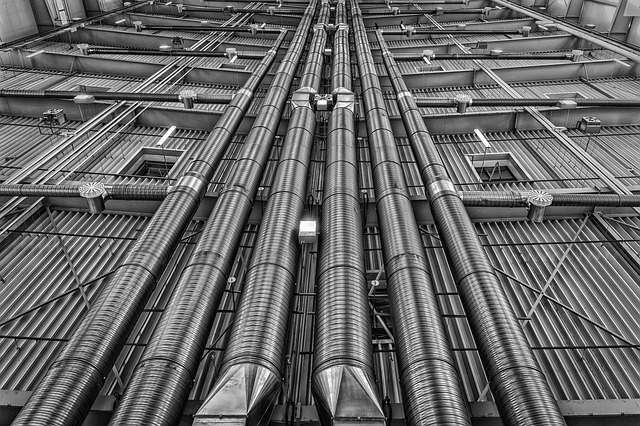
Industrial destratification fans play a pivotal role in enhancing safety and productivity within hazardous industrial environments. These specialized fans are designed to address the unique challenges posed by high ceiling spaces in manufacturing plants, warehouses, and heavy-duty construction sites. Unlike conventional cooling systems, destratification fans focus on mixing air throughout large spaces, effectively breaking up thermal stratification—a phenomenon where warmer air rises and cooler air sinks, leading to uneven temperature distribution. By ensuring uniform air circulation, these fans not only improve worker comfort but also significantly reduce energy costs associated with excessive cooling efforts.
In such industrial facilities, where safety is paramount, explosion-proof destratification fans are a game-changer. They are engineered to withstand harsh conditions and prevent the ignition of flammable gases or dust, ensuring a safer working environment. This is particularly crucial in warehouse applications and factory settings where high-risk materials or processes are involved. By maintaining optimal air quality and temperature control, these fans contribute to a more productive and efficient operation, highlighting their essential role in modern industrial practices.
Hazardous Areas: Identifying Potential Risks and Challenges

In industrial facilities and manufacturing plants, hazardous areas often present significant risks that demand meticulous planning and specialized equipment to mitigate. These areas, characterized by potential sources of ignition and flammable materials, require extreme caution when it comes to ventilation and air circulation solutions. Standard fans may not suffice in these environments, leading experts to advocate for explosion-proof industrial destratification fans as a robust safety measure.
Identifying potential risks involves assessing the specific nature of the hazardous area—be it a warehouse application with high ceiling spaces or a factory cooling system in close proximity to heavy duty construction sites. Challenges include managing thermal stratification control, reducing energy costs, and improving worker comfort without compromising safety. The selection of industrial destratification fans for such scenarios is pivotal, ensuring efficient large space air circulation while adhering to stringent safety protocols.
The Importance of Explosion-Proof Design in Critical Industries

In critical industries such as manufacturing plants and heavy duty construction sites, where explosions pose a significant risk, the importance of explosion-proof design in industrial destratification fans cannot be overstated. These facilities, including large warehouses and high ceiling spaces used for various production processes, require specialized equipment that can mitigate potential hazards while ensuring worker safety and maintaining operational efficiency. Explosion-proof industrial destratification fans are designed to operate safely in these hazardous areas by preventing the ignition of flammable gases or dust, which is crucial for preventing catastrophic failures and saving lives.
By integrating explosion-proof technology into their destratification fan systems, manufacturing plants and other industrial facilities can achieve not only a higher level of safety but also multiple operational benefits. These include improved worker comfort through enhanced air circulation in large spaces, energy cost reduction due to more efficient thermal stratification control, and the potential for increased productivity as a result of optimized environmental conditions. Thus, investing in explosion-proof industrial destratification fans is not just about adhering to safety standards but also about enhancing overall operational performance.
Key Features and Technologies in Modern Explosion-Proof Fans

Modern explosion-proof industrial destratification fans are designed with advanced technologies to ensure safety and efficiency in hazardous areas, such as chemical plants, manufacturing facilities, and warehouse applications. These fans incorporate robust materials and innovative engineering to withstand extreme conditions, including high-pressure environments and potential sparks or flames. Key features include explosion protection ratings, such as EXD (Explosions Protection) or Atex compliance, which guarantee their effectiveness in preventing explosions.
Furthermore, these fans utilize advanced cooling systems and variable speed drives to optimize air circulation in large space air circulation scenarios, like factory cooling and heavy duty construction sites. They help in thermal stratification control, reducing energy cost reduction while improving worker comfort improvement. The high ceiling spaces in industrial facilities and manufacturing plants benefit from this technology, ensuring a safe and comfortable working environment with minimal operational costs.
Case Studies: Real-World Success Stories of Safe Destratification
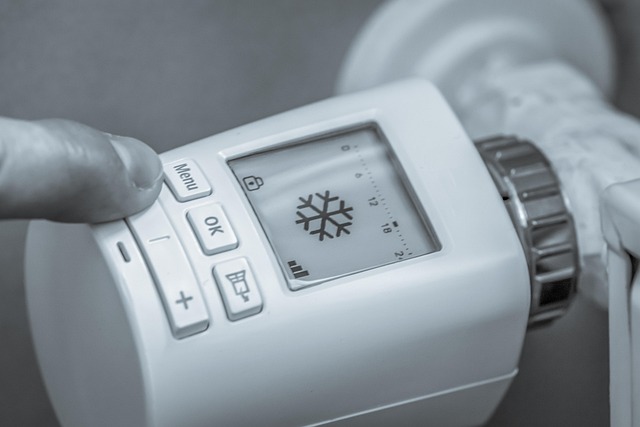
In the realm of industrial safety, real-world success stories highlight the indispensable role of explosion-proof industrial destratification fans in hazardous areas. These fans, designed to combat thermal stratification and ensure optimal air circulation, have proven their worth in diverse settings, from manufacturing plants to large warehouse applications. Case studies demonstrate how effective industrial destratification fans can be in mitigating risks associated with heavy duty construction and high ceiling spaces, where traditional cooling methods often fall short.
By implementing these fans, manufacturing plants and factory cooling systems have not only achieved significant energy cost reduction but also markedly improved worker comfort. The ability to control thermal stratification effectively prevents hot air from pooling, ensuring a safer and more comfortable environment for employees. These success stories underscore the importance of explosion-proof fans in enhancing safety measures and optimizing operations across various industrial facilities.
Industrial destratification fans, especially those designed with explosion-proof technology, play a vital role in ensuring worker safety and minimizing risks in hazardous areas. By understanding the unique challenges of these environments and implementing robust safety measures like explosion-proof fans, industries can create a safer, more controlled atmosphere. Modern fans equipped with advanced technologies offer enhanced performance and reliability, making them indispensable for maintaining optimal air quality and preventing potential disasters in critical sectors. These fans are indeed game changers, revolutionizing industrial safety and setting new standards for hazardous area ventilation.

